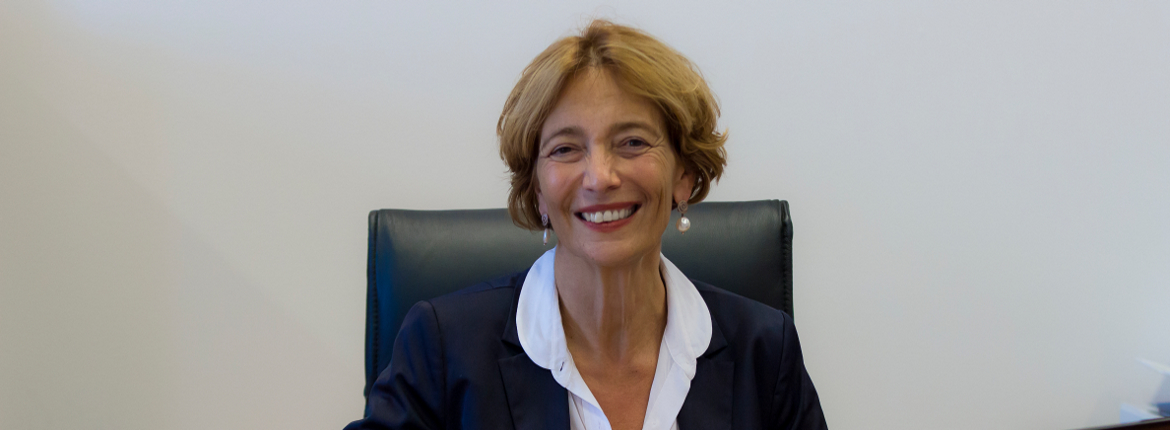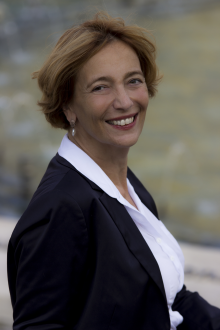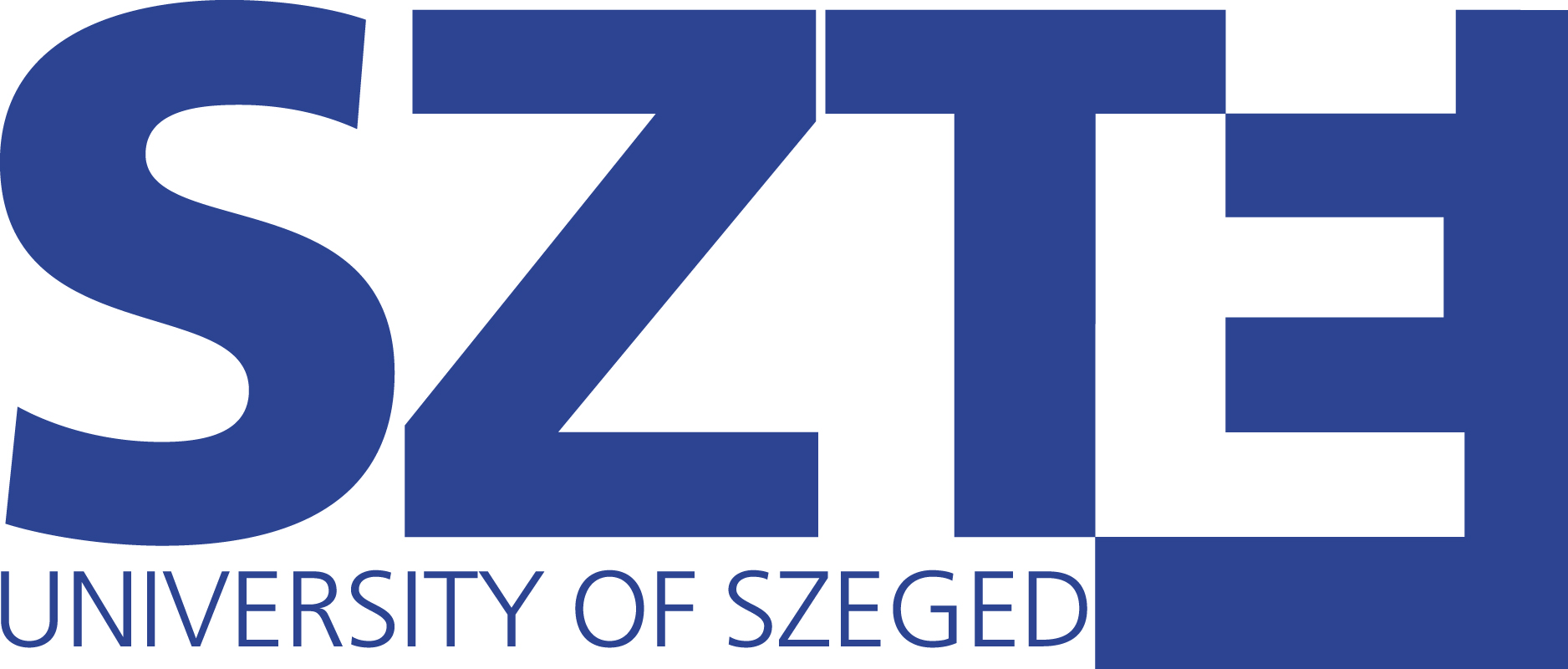
The year 2017 was all about applications for grants, and in the next 3-4 years implementation will require special attention, dedication and capacity from the staff of the University of Szeged (SZTE). In addition to the launch of these grants, SZTE has won government funding. All of these fit the development plan of the university. We asked the Chancellor of SZTE, Dr. Judit Fendler to give us a summary.
 |
“One of the elements of infrastructure and device development is the long-awaited renewal and expansion of the SZTE Faculty of Music, including a smaller concert hall with outstanding acoustics,” says Dr. Judit Fendler. The Chancellor of the SZTE added: “The need for expansion and renovation at the Department of Oto-Rhino- Laryngology is evident for those who – through their child’s or their own illness – have experienced the crowded and unworthy conditions, in which clinic workers perform their heroic tasks. Both developments primarily serve the needs of the city as well as the whole region.”
It is of utmost importance for health care that the SZTE will now be able to completely renew its diagnostic imaging equipment, which means that – beyond benefits for health care – opportunities for research projects and paid medical care will also increase. Building the Head Centre next to the Brand New Clinic (VUK) – in addition to creating a prominent professional centre on a European level, where head-care professions, diagnostics and oncological treatments take place – enables the rationalization of clinical care, an improved efficiency of patient pathways and thus the improvement of the quality and patient-friendliness of medical care.
The development of the Science Park next to the ELI Laser Centre stands out among the scientific investments. “The first step of the investment is to make the area suitable for investors who are remarkable in research and development to move into the Park, and at the same time to implement the University's similar plans” says Dr. Judit Fendler. The government subsidy allows the area to be freed from ammunition, archaeologically explored and prepared of the investment. These investments prominent at both national and European levels, also serve the University's internationalization goals. The developments can increase the international visibility of the SZTE, and the number of foreign students and researchers may increase.
Text: Erzsébet Gajzer
Photos: Anna Bobkó

